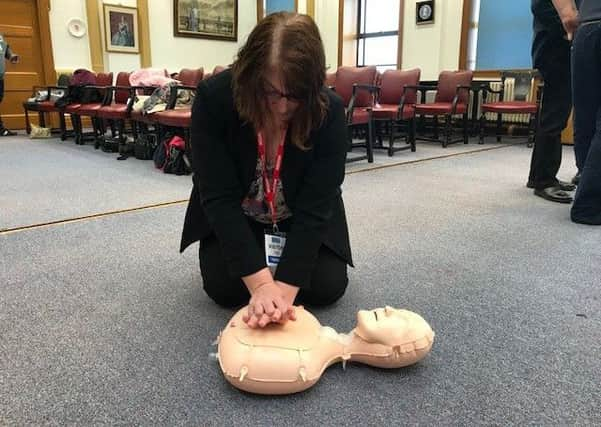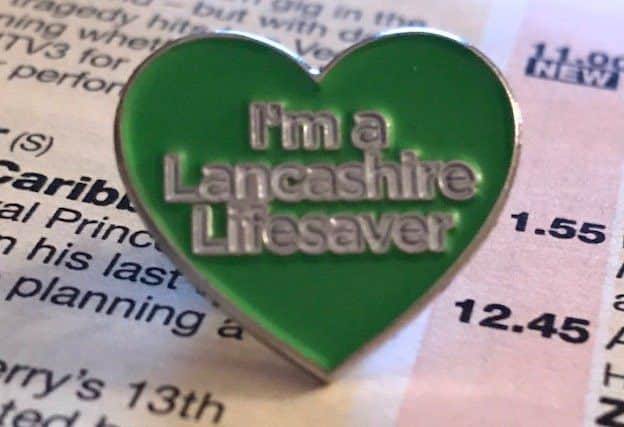It only takes an hour to learn lifesaving skills


I certainly wouldn’t so I signed up for a free course to learn how to become a Lancashire Lifesaver.
The statistics are pretty shocking - around 30,000 people suffer an out of hospital cardiac arrest every year and currently only one in ten survive.That’s why Lancashire County Council, BBC Radio Lancashire and North West Ambulance Service have teamed up to launch Lancashire Lifesavers in a bid to train up to 2,500 people in CPR life saving techniques throughout April and May.
Advertisement
Hide AdAdvertisement
Hide AdAfter an introduction about lifesaving techniques, with a special code DRS AB C to remember (which stands for Danger, Response, Shout for help, Airways, Breathing and Compressions), we were let loose in pairs topractice chest compressions on dummies. I was surprised to learn that CPR (cardiopulmonary resuscitation) doesn’t always involve breathing in someone’s mouth, the main aim is to keep oxygen pumping round the body with chest compressions to keep that person alive until medical help arrives .


We also learnt how to use a defibrillator machine to get a heart beating again.
It was extremely worthwhile and only took an hour of my time. To sign up for a class, visit www.lancashire.gov.uk/health-and-social-care/lancashire-lifesavers/